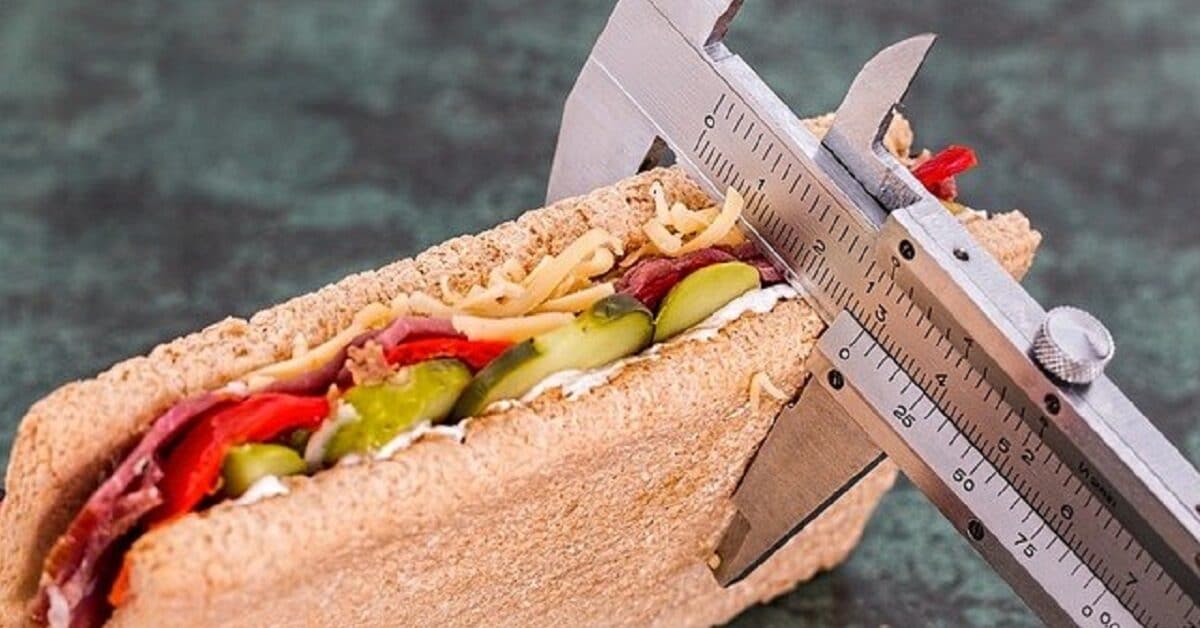
This article answers questions about the calorie deficit you need to lose weight. We address questions about the accuracy of the claim that cutting 3500 calories will make you lose a pound of fat.
We also show you how to use an advanced web-based calorie deficit calculator developed by Dr. Kevin Hall and his research team at the National Institute of Diabetes and Digestive and Kidney Diseases.
The calculator helps you estimate the calorie deficit you need to lose weight.
If you’ve been searching for information about calorie deficits and weight loss, you may have learned that you need to cut 3500 calories from your diet to lose a pound of fat.
Multiple sources claim that a pound of fat contains 3500 calories and that cutting that number of calories from your diet will make you lose a pound in body weight.
The average adult needs about 2500 calories daily. The oft-repeated recommendation suggests that cutting 500 calories per day will make you lose a pound of body weight weekly (500 cal x 7 days = 3500 cal) or 52 pounds in a year.
We shall explain why this recommendation often falls short for weight losers.
Contents:
How many calories in a pound of fat?
How Wishnofsky calculated that a pound of fat contains 3500 cal
Will 3500 calorie deficit make you lose a pound of fat?
Calorie deficit and the concept of adaptive thermogenesis
How many calories should I eat to lose weight?
Benefits of calorie-deficit-to-lose-weight calculators
Calorie deficit isn’t the only thing that matters
How many calories in a pound of fat?
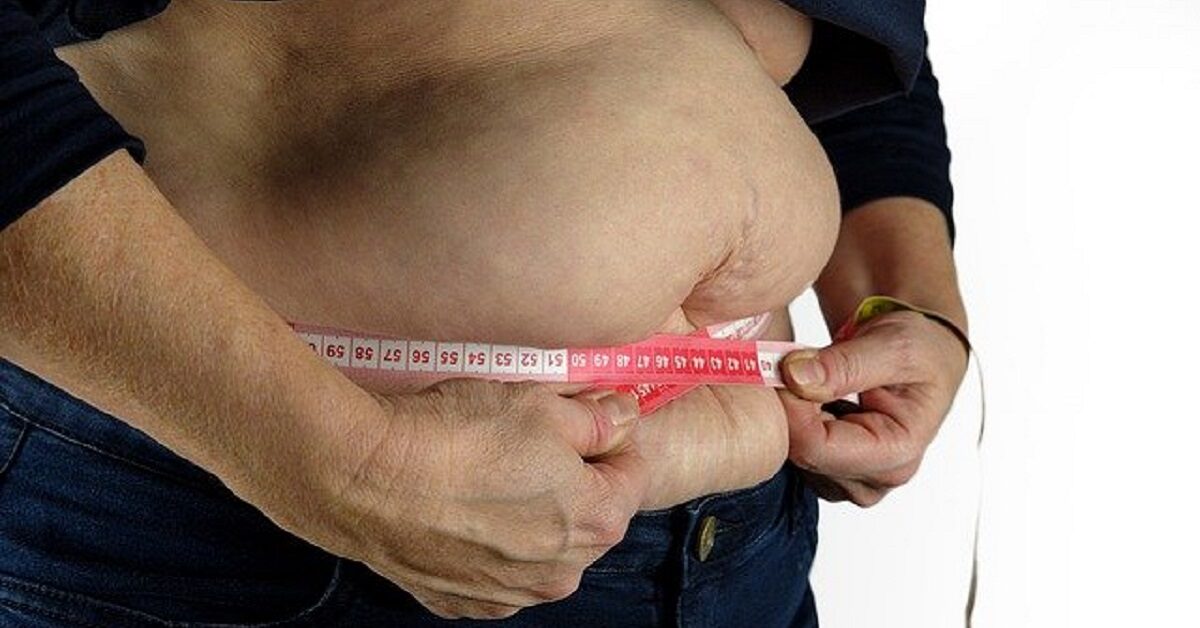
The 3500-calories-deficit-to-lose-a-pound-of-fat rule (or 500 calories deficit per day rule) stems from an article published in 1958 in the American Journal of Clinical Nutrition by the Brooklyn physician Max Wishnofsky. In the intro to his widely-cited paper, Wishnofsky posed a question about the “caloric equivalent of one pound of body weight gained or lost?”
“How many calories in excess of the amount necessary to maintain caloric equilibrium will produce a gain of one pound of body weight; conversely, what caloric deficit will determine a loss of one pound of body weight?” Wishnofsky asked.
After reviewing existing literature, he proposed that the “caloric equivalent of one pound of body weight loss” was 3500 kcal (or calories as per food nutrition labels).
Wishnofsky’s widely-cited statement that the “caloric equivalent of one pound of body weight gained or lost?” is “3500 kcals” came to be known as Wishnofsky’s Rule. The rule was popularly interpreted for practical purposes to mean that because there were 3,500 kilocalories (calories) in a pound of fat tissue, you can lose a pound of fat (or bodyweight) in a week simply by:
- Cutting down on your daily calorie intake by 500 calories (7 days x 500 cal =3500 cal a week) or
- By engaging in enough physical activity or exercise to burn the same amount of fat daily,
- Or a combination of both.
People also believed the converse proposition that you can gain a pound of fat by simply consuming an extra amount of food containing 3500 kcals (500 calories a day for a week) or doing less activity to conserve the same calories.
In his paper, Wishnofsky noted that previous researchers (such as Bozenrad, 1911) had shown that the average fat content of human adipose tissue taken from various parts of the bodies of well-nourished individuals was 87 percent (the balance is composed of water and non-fat solids). Thus, one pound (or 454g) of human adipose tissue contains 395g of fat.
How Wishnofsky calculated that a pound of fat contains 3500 cal
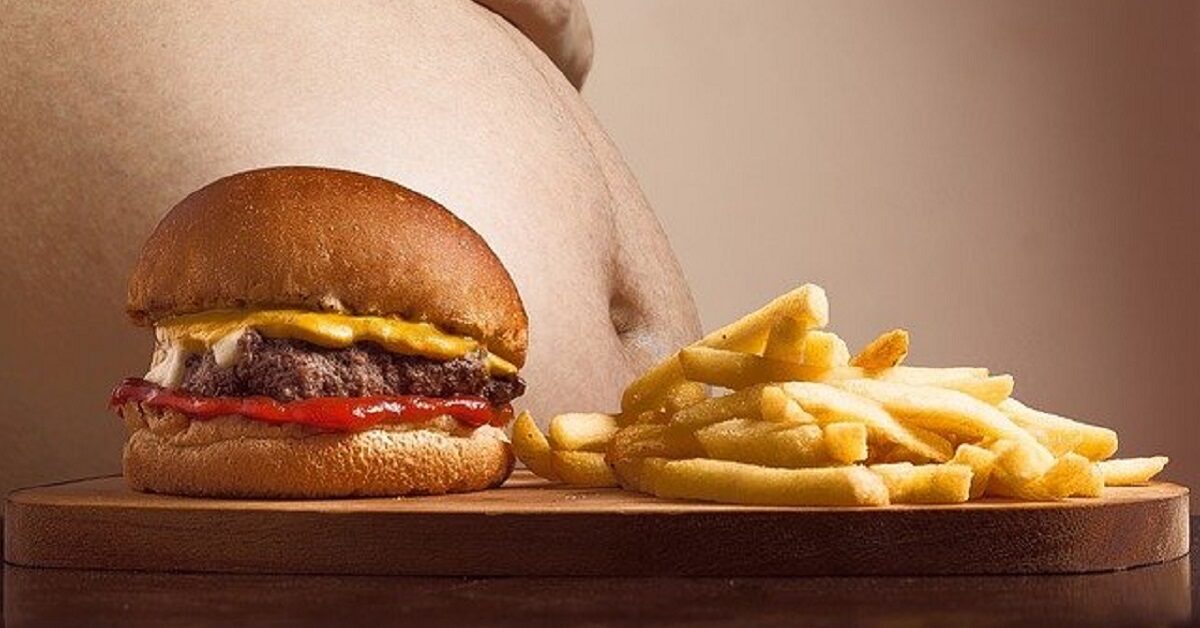
Working on the basis that 1g of animal fat contains 9.5 calories (kilocalories), Wishnofsky concluded that the “caloric equivalent of one pound of human adipose tissue” was “about 3750 kcals.”
Human adipose tissue is 87% fat.
Thus, 1 pound of adipose tissue contains 395g of fat.
If 1g of fat contains 9.5 calories,
395g contains 3752.5 calories,
1 pound of adipose tissue (454g) contains 3752.5 calories.
However, after taking into consideration multiple factors, including protein and carbs (glycogen) stores, Wishnofsky concluded, based on previous experimental studies (such as Strang et al. (1930), that in individuals with adequate protein intake, the energy equivalent of a pound of body weight gained or lost was 3500 calories. But it was much less in people fasting or replenishing their stores after fasting.
Pure fat yields about 9 calories per gram, while carbs and proteins yield 4 calories per gram each. For comparison, 100g of raw eggs contain147 calories, equivalent to 1.47 calories per gram. A hundred grams of ripe banana contains 88 calories, equivalent to 0.88 calories per gram, while a 100g of Granny Smith apples contains 53 calories, equivalent to 0.53 calories per gram.
Will 3500 calorie deficit make you lose a pound of fat?
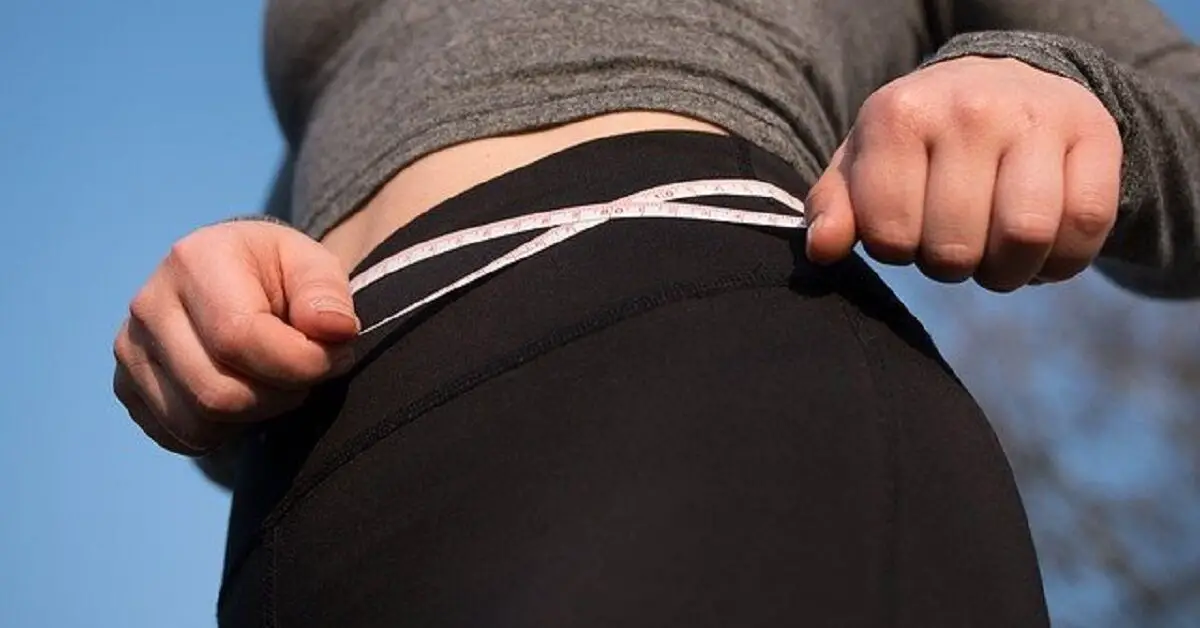
The Wishnofsky Rule is based on the principle that people gain weight by adding more adipose tissue and that adipose tissue build-up results from consuming more calories than needed. However, experience showed that Wishnofsky’s Rule was unreliable and often failed to correctly predict weight loss or the rate of weight loss due to dietary intervention.
Dietitians and their patients noticed that Wishnofsky’s Rule appeared to work in the short term for people trying to lose only a few pounds but tended to overestimate weight loss in people trying to lose significant body weight over a longer period.
Subsequent research confirmed dietitians’ observation that Wishnofsky’s weight-loss rule was not reliable and accurate and that it did not always yield the weight-loss results it predicted.
Reducing calorie intake does not yield the long-term results predicted by Wishnofsky’s Rule because the rule did not consider several other factors — physiological, biochemical, genetics, environmental — that influence long-term weight loss in humans.
Health researchers now know that the human body goes through significant changes in the rate of energy expenditure as it sheds fat or loses weight (Thomas et al., 2014).
According to Thomas and colleagues, a subject consuming fewer calories goes through two distinct weight-loss phases: An initial phase of rapid weight loss lasting a few days to weeks followed by a second phase of much slower loss that may last several months or up to two years (Thomas et al., Magkos, 2020).
Researchers found that people on a reduced-calorie diet often enter a second phase characterized by a significantly lower rate of weight loss due to a greater-than-expected decrease in the body’s metabolic rate and consequently energy expenditure. After an initial phase of rapid weight loss that roughly complies with Wishnofsky’s Rule, subjects on weight loss diets begin to notice a gradual slowing of their rate of weight loss until it ceases when a new energy equilibrium is established at a lower weight level.
At this point, the body appears to resist further weight loss, while some patients may even proceed to regain the weight they initially lost.
Calorie deficit and the concept of adaptive thermogenesis
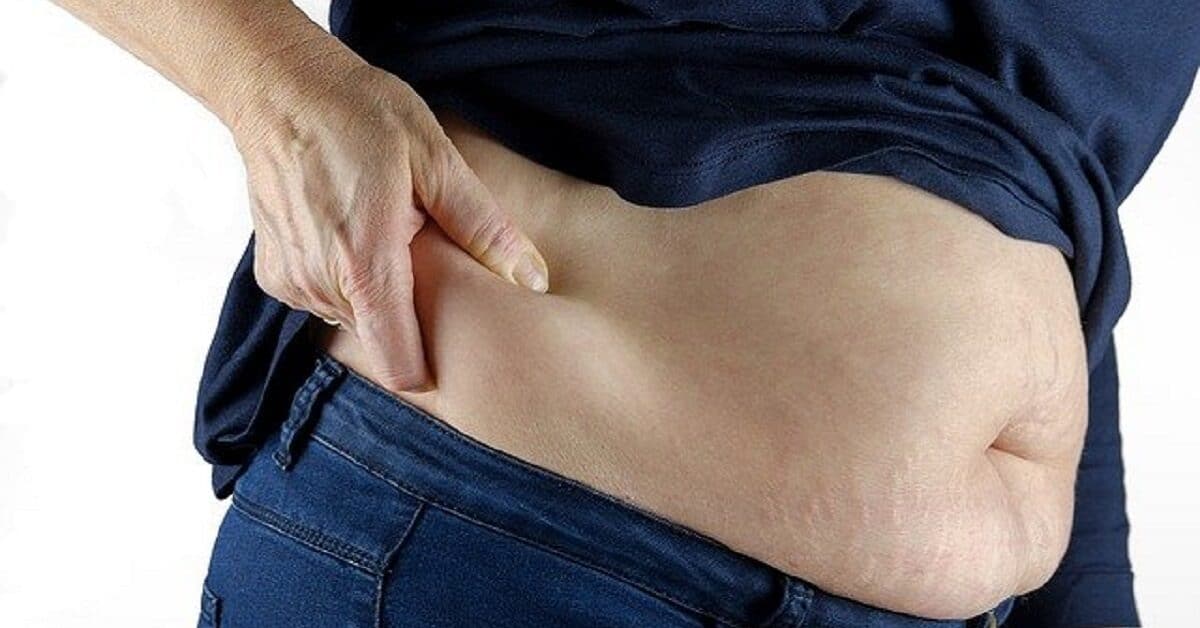
Most weight loss intervention programs include diet plans, such as carb cycling, that rely on establishing a significant level of calorie deficit.
However, the human body appears to have active adaptive mechanisms that strive to conserve body weight and resist significant or permanent changes in body weight. The metabolic adaptations associated with diet-induced weight loss are partly due to hormonal and neural regulatory mechanism that cause a decrease in resting metabolic rate, RMR (Magkos, 2020) and protein turnover. Reduction in metabolically active tissue also causes a lower energy cost of physical activity and thus lower metabolic rates.
Rosenbaum and Leibel (2010) used the term “adaptive thermogenesis” to refer to the set of metabolic, behavioral, neuroendocrine, and autonomic responses that the body initiates to resist weight loss and the maintenance of reduced body weight.
According to Tremblay and associates (2013), in the context of weight loss intervention, adaptive thermogenesis in obese individuals often involves a greater-than-predicted decrease in energy expenditure. The reduction in thermogenesis is often associated with an increase in hunger sensation. The responses represent an active resistance to fat loss beyond a set point (Major et al., 2007)
Camps and colleagues (2013) also reported that weight loss induced by dietary or calorie restriction triggers adaptive thermogenesis. They noted that adaptive thermogenesis (or metabolic adaption) involves a disproportional or greater-than-expected reduction in resting metabolic rate (RMR).
Adaptive thermogenesis may complicate the calculation of weight loss maintenance calories (daily calorie intake needed to maintain weight loss or prevent weight regain). It predisposes individuals who have experienced diet-induced weight loss to regain lost weight.
In other words, adaptive thermogenesis favors the maintenance of fat stores. Rosenbaum and Leibel reported that the adipocyte-derived hormone leptin was responsible for mediating the mechanisms of “adaptive thermogenesis” (see also Young-Hwan Jo et al., 2014; Dod et al., 2014; Genchi et al., 2021).
Researchers believe (Fischer and co-workers, 2016) that an increase in leptin production exerts a weight-reducing effect by increasing thermogenesis or energy expenditure and inducing hypophagia (marked reduction in food intake). Conversely, a decrease in leptin production triggers weight increase by reducing thermogenesis or energy expenditure and causing hyperphagia (increased food intake).
However, Fischer and colleagues (2020) concluded that leptin was not directly thermogenic (it did not increase thermogenesis) but only raised the set body temperature in ob\ob mice (hyperphagic, obese, hyperinsulinemic, hyperglycemic, and infertile mice used as models for diabetes).
According to Fischer and colleagues, the weight-reducing hypophagic effect of leptin was not exerted through increasing thermogenesis (energy expenditure) but through resetting the centrally regulated thermoregulatory or thermostatic mechanisms of the body.
How many calories should I eat to lose weight?
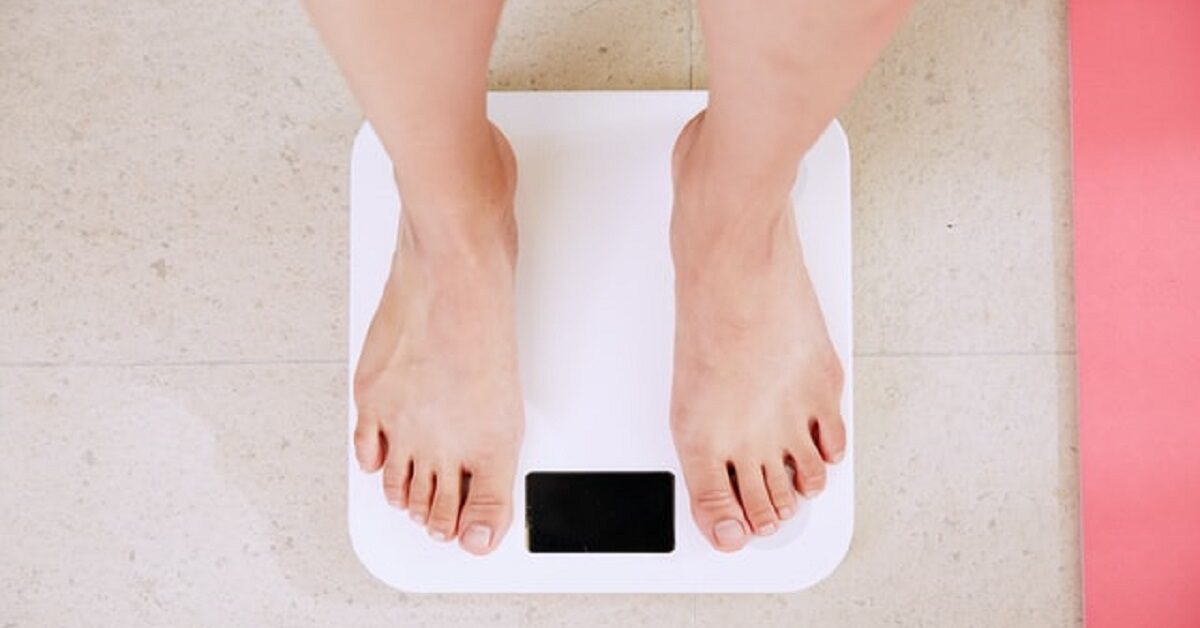
To calculate how many calories you should eat to lose weight, you need to factor in the various changes due to adaptive thermogenesis that occur as you lose weight. You can only derive an accurate estimate of the calorie deficit needed to lose weight and consequently how many calories you should eat when you have adequately factored in all the variables.
However, you don’t need to do all the complex calculations yourself because expert nutritionists have teamed up with mathematicians to do it for you. Teams of researchers have developed web-based simulators for predicting weight change dynamics in humans.
As part of efforts to address the challenges that dietitians and their patients face when implementing weight loss intervention under the oversimplifying assumptions of Wischnofsky’s Rule, researchers developed new but complex mathematical models that more accurately estimate the calorie deficit you need to lose weight (Hall et al., 2008) and thus how many calories you need to eat to lose weight.
Calorie deficit calculator
Hall and associates (2011) developed a web-based calorie-deficit-to-lose-weight calculator that accurately predicts diet-induced weight change in adults (over 18 years). You can access the Body Weight Planner app developed by Dr. Kevin Hall and colleagues at the National Institute of Diabetes and Digestive and Kidney Diseases by following any of the two links below:
Calorie deficit calculator: Body Weight Planner app
Kevin Hall and colleagues: Body Weight Planner
[Note: The Kevin Hall Body Weight Planner is not suitable for teenagers and children younger than 18 years old. If you are younger than 18, you may follow this link to use a daily calorie calculator suitable for teenagers]
All you need do is enter your current body weight, sex, height, physical activity levels, weight goals, and the time frame you plan to achieve the goals. The app calculates the calories you need to consume to achieve your goals (including weight loss and maintenance goals).
The YouTube video below offers a tutorial on how to use the app.
Thomas and associates (2014) at Pennington Biomedical Research Center in Baton Rouge, Louisiana, also developed a calorie-deficit-to-lose-weight calculator. You may access the app by following the link below:
Weight Loss Predictor Calculator
We recommend you try both apps and compare the results. There may be differences in the results but they would likely be similar.
You may also try the weight loss calorie calculator below for an estimate of how many calories you need for weight maintenance, weight loss, and weight gain. The calculator offers a rough estimate of how many calories you need to cut to lose a moderate or extreme weight.
However, unlike the Kevin Hall Body Weight Planner app , it does not attempt to predict exactly how much weight you will lose based on its recommendations.
Benefits of calorie-deficit-to-lose-weight calculators
Hall claimed that their model has been independently validated, and thus, it can be used to remotely monitor patients to detect early signs of noncompliance. Early detection of noncompliance could facilitate timely intervention, such as counseling, reevaluation of goals, and treatment strategy.
The accuracy of the model also helps patients and care providers set slower but more realistic weight loss goals.
Hall reportedly developed a personalized dynamic feedback control device that patients can wear. The device allows dietitians to monitor their patients’ progress remotely.
The YouTube video below features Kevin Hall, PhD, discussing the benefits of the Body Weight Planner.
Calorie deficit isn’t the only thing that matters
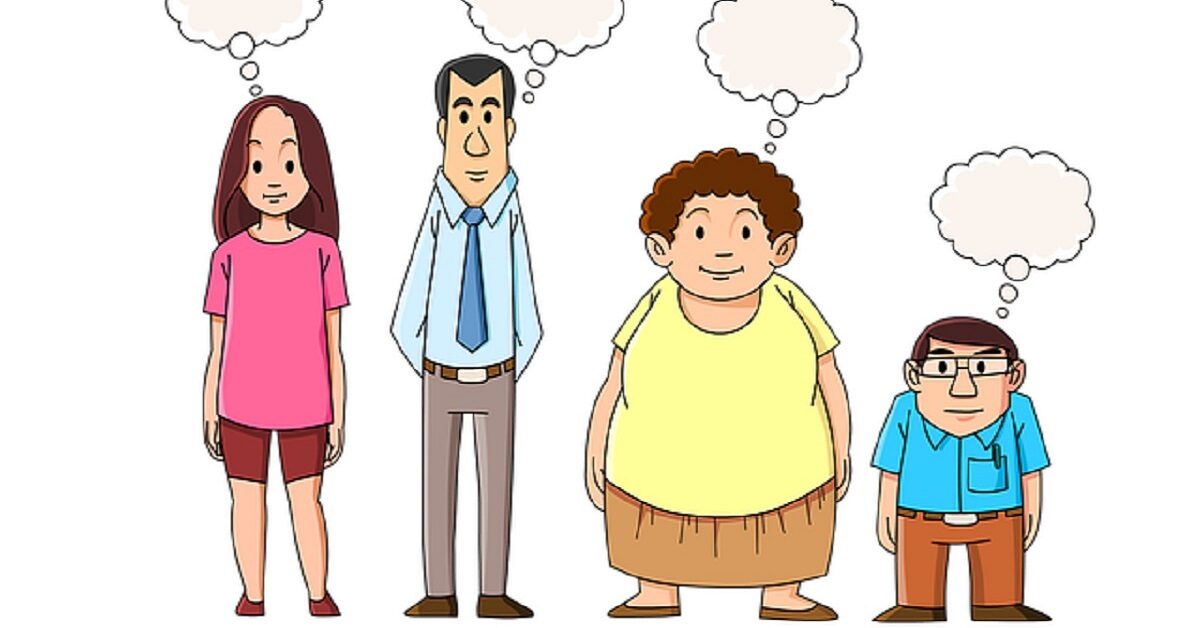
The weight loss prediction models developed by Hall, Thomas, and co-workers rely mostly on dietary and physical activity factors that contribute directly to calorie balance or imbalance. However, experts know that focusing exclusively on calorie intake (or increasing physical activity to burn more calories) is not always effective for weight loss intervention. Therefore, teams of researchers have been investigating other controllable factors that may play a role in weight loss.
They have been working to develop even more advanced models that consider psychological and behavioral factors and how the factors can be used to predict weight loss outcomes.
Liu and colleagues (2019) reported a strong correlation between eating habits, food cravings, and weight status. The researchers designed a randomized control trial to investigate how psychological and behavioral factors influenced both weight loss and weight regain.
They concluded that craving for high-fat foods was predictive of greater weight loss, but craving for carbs was predictive of less weight loss. They recommended that interventions target different psychological and behavioral factors to increase success.
James and colleagues also concluded that changes in psychological and behavioral factors, such as an increase in dietary restraint in the first month of weight loss intervention, predicted longer‐term weight loss in women. They reported that early support or treatment could promote long‐term success by reinforcing positive psychological and behavioral changes.
Gender also plays a role in weight loss. Women, on average, have higher levels of fat in their bodies, and research has shown that men lose weight faster than women (Williams et al., 2014).
Studies also show that quality sleep promotes and helps maintain weight loss (Thomson et al., 2012). However, sleep quality tends to decrease with age. Thus, older people experiencing decreased sleep quality may face challenges losing weight.
Nielsen and associates (2020) reported that while dietary factors were an important component in weight management strategies, people’s bodies reacted differently to the same diet, making it difficult to predict individual weight-loss outcomes. The authors proposed additional factors for predicting weight loss outcomes, such as gut microbiome, genetics, urine metabolites, physiological measures (such as heart rate, skin conductance, skin temperature, cortisol level, palmar sweat), anthropometrics (height, weight, body mass index or BMI), adiposity (waist, hip, and limbs), and skinfold thickness.
The additional metrics, according to the authors, may be taken before dietary intervention to identify predisposing factors that make particular individuals more or less likely to respond better when dietary intervention is combined with other treatments.
They concluded that more accurate predictive models for weight loss will combine dietary factors with nondietary factors.

